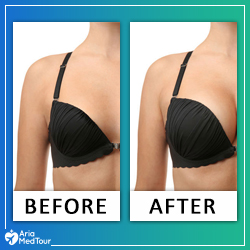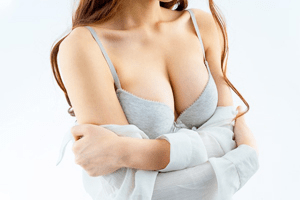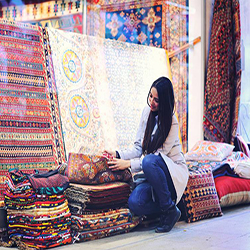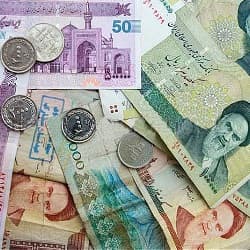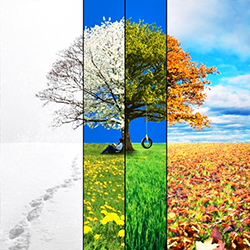Strolling through any bazaar in Iran, you’ll probably have no clue what to buy to bring back home as souvenirs unless you already have some ideas.
The rich diversity, especially in Iranian handicrafts and confectionery, makes it difficult to pick a few items among the many available options that are in front of you.
If you are visiting Iran soon — or are already in the country — and looking for the best gifts and souvenirs to buy in Iran for your family and friends back home, this article is for you!
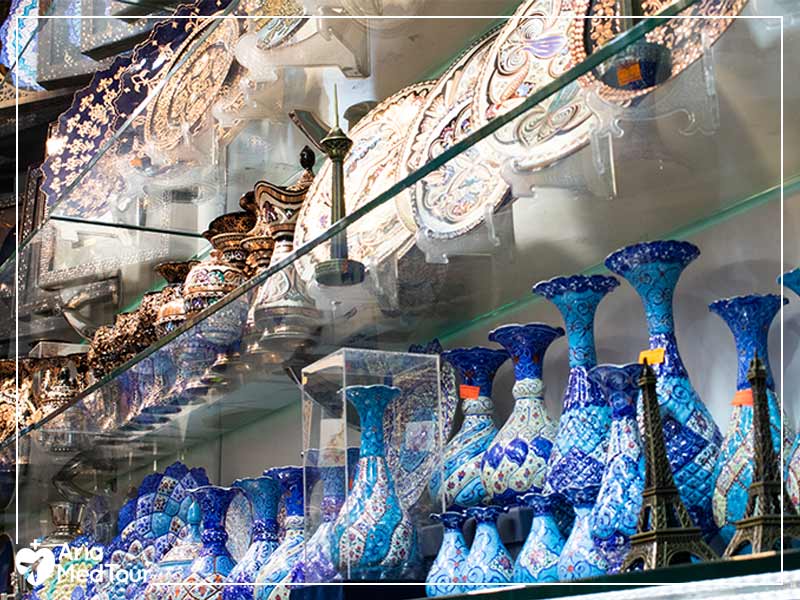
Brace yourself for a hours of wondering among various Persian souvenirs to choose from.
Handicrafts of Iran
Handicrafts are windows into each culture, city, village, tradition, ceremony, rite, ethnicity, language and dialect, each owning different backgrounds and narrating unique stories of their own.
A handicraft perfectly fits the definition of a souvenir given by the dictionary, “something kept as a reminder (as of a place one has visited)”. It is an archetype of a souvenir. So handicrafts are the number one type of souvenirs you can buy in Iran.
The original Persian art is manifested in handicrafts. If you are into arts and crafts of any kind, the colorful Iranian handicrafts will definitely catch your attention. Here are the top handicrafts of Iran to buy as souvenirs.
Ghalamzani
A Persian version of ‘toreutics’, this metalworking art involves engraving fine pictures and designs on metals like brass, silver, and copper. Ghalamzani is a traditional handicraft in Iran, dating back to thousands of years ago.
Ghalamzani is performed on different objects such as vases, plates, sugar bowls, candlesticks, teaware, tablets, and other ornamental objects. While the hub of this art is Esfahan, you can find shops in Tehran, Tabriz, Mashhad, and other major cities that offer these impressive handmade objects.
Minakari
This intricate art of Iranian enameling, Minakari is painting and decoration of objects by fusing bright colors over them. This classical art dates back to 1500 BC and has survived up to the present time. It is performed on gold, silver, and copper utensils such as vases, plates, and mugs, as well as pottery.
Today, the hub of Minakari is Esfahan, where the best craftsmen and craftswomen are active in producing quality Minakari handicrafts, which are also sent to other cities including Tehran.
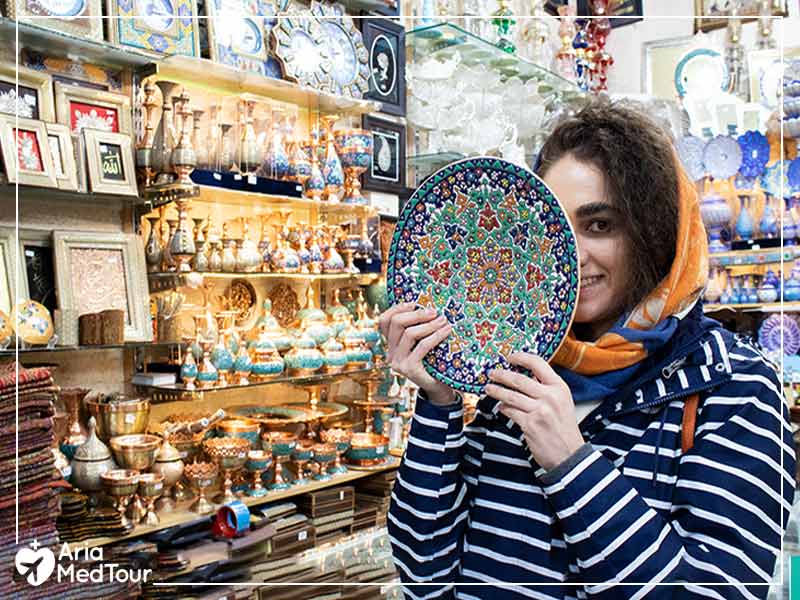
This classical art dates back to 1500 BC and has survived up to the present time.
Khatamkari
This Iranian art is a form of ‘marquetry’ in which small pieces of wood, bone (usually camel bone), or metal is inlaid on the surface of different articles. In this traditional craft, beautiful patterns are intricately created, often in geometrical shapes, and then glued together on the surface of the object. Khatamkari products include jewelry cases, candy bowls, chess boards, tissue cases, clocks, photo frames, etc.
Pottery and ceramics
Iranian pottery is an ancient tradition dating back to more than 8000 years ago. Although pottery doesn’t have the status it had in the past, it has survived in several parts of Iran, including Yazd, Natanz, and Lalejin (in Hamedan province), which is known as the capital of pottery of Iran. Ornamental painted ceramic articles such as mugs or bowls can be good picks to buy as souvenirs from Iran.
Rosary
Coming in a myriad of sizes and colors, rosaries are made of precious stone or glass, whose traditional purpose is for counting prayers but nowadays are used or ornamental purposes as well. If you visit a traditional bazaar in Iran, you’ll probably come across some knickknack stores where you can see a variety of rosaries put on display for sale. Quality rosaries are made of precious stones like agate, amber, turquoise, and king stone (rosary made of this stone is called Shah Maqsoud).
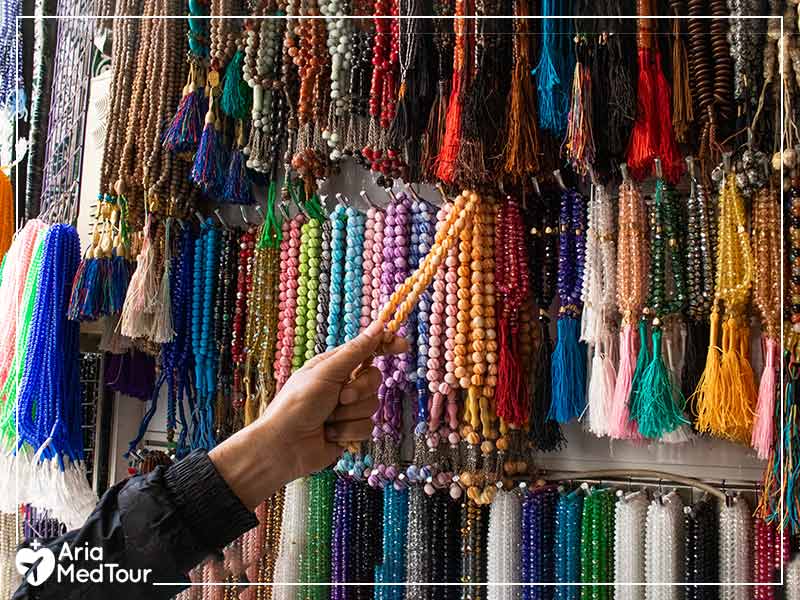
If you visit a traditional bazaar in Iran, you’ll probably come across some stores where you can go through various rosaries.
Embroidery and handmade cloths
Iranian craftswomen are dexterous embroiderers. Needlework in Iran comes in different styles. Among the most well-known types of embroidery are Pateh (originating in Kerman province), Termeh (produced mainly in Esfahan and Yazd provinces), and Sermeh (popular in Esfahan, Kashan, and Yazd).
Termeh is a precious fabric woven with fine and delicate threads of silk and wool. Termeh weaving is indeed Iran’s exquisite textile craft which probably dates back to the Safavid era.
Ghalamkari (Kalamkari) is an art of painting silken or cotton fabric with beautiful patterns. It is mostly done in Esfahan, Kashan, Tabriz, Mashhad, and Rasht.

Termeh weaving is indeed Iran’s exquisite textile craft which probably dates back to the Safavid era.
Persian rugs and kilims
Persian carpet or Persian rug is the most famous Iranian souvenir, which is widely known across the world. This handwoven pieces of genuine art are produced by highly-skilled carpet weavers in different parts of the country. Persian rugs come in different sizes and styles, which offers a wide range of choices for tourists who want to buy one for home use or decorative purposes only.
Persian rugs are divided into 19 subgroups such as Shah-Abbasi, Paisley and Hunting ground. These rugs are distinguished by the patterns, which could be either animal or vegetal. So one must be a professional in this field to be able to recognize their differences.
Among the other types of hand-knotted rugs is kilim, which has usually coarse texture and is less expensive than Persian rugs. They have been woven by tribeswomen since ancient times using goat hair and sheep wool. Kilims can be used for covering the floor or being hung on the wall for decoration.
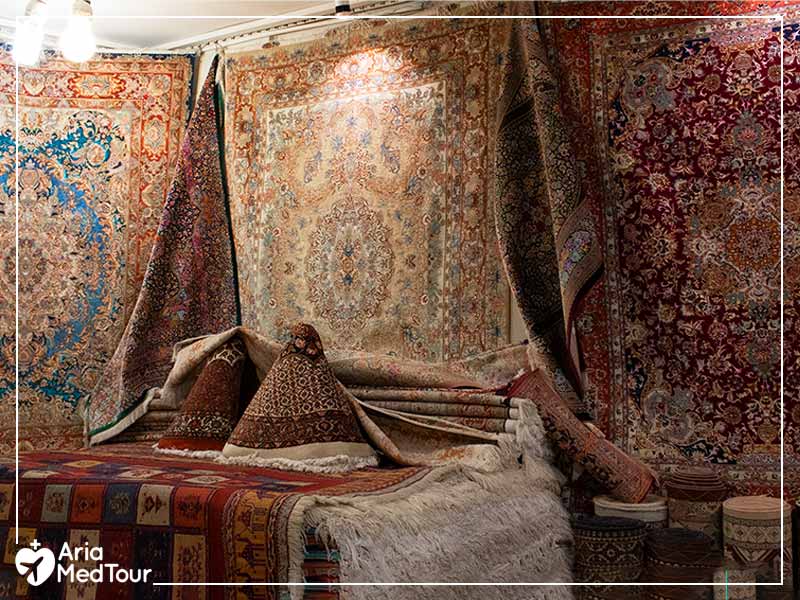
Persian rugs come in different sizes and styles, which offers a wide range of choices for tourists.
Giveh
Givehs are light shoes entirely made from cotton or silk with soles of leather. These are the type of footwear especially suitable for farmers and ranchers as they are light, comfortable, durable and also cheap. These cotton shoes, which are patiently weaved by female and male artisans, are best to be used during hot days of summer.
Five types of Giveh are weaved in Kermanshah province. Hewraman region is the Giveh weaving center of the province and the raw materials are either provided locally or come from Sanandaj, Kermanshah (city), Tehran and Isfahan.
Giveh making is mostly popular in Fars, Esfahan, Chaharmahal and Bakhtiari, Kermanshah and Zanjan provinces.
Turquoise
This precious gemstone is a rare inorganic substance that can only be found in particular places. The best of these greenish-blue gems are from India and Nishapur, Iran. In Mashhad and Nishapur, turquoise (Persian: firouzeh) is used to make beautiful ornaments and accessories such as necklaces, rings, bracelets and earrings.
This is not the only use of turquoise. Through a process called ‘turquoise inlay’ (Persian: Firouzehkoubi), small pieces of turquoise are finely embedded into the surface of different objects and utensils to produce ornamental objects. The turquoise inlay is like a mosaic work on various metallic dishes such as trays, vases, mirrors, candlesticks, jewelry boxes, plates, etc., which make for great souvenirs to buy in Iran. Souvenir shops at Iranian traditional bazaars offer various turquoise knickknacks at low prices.
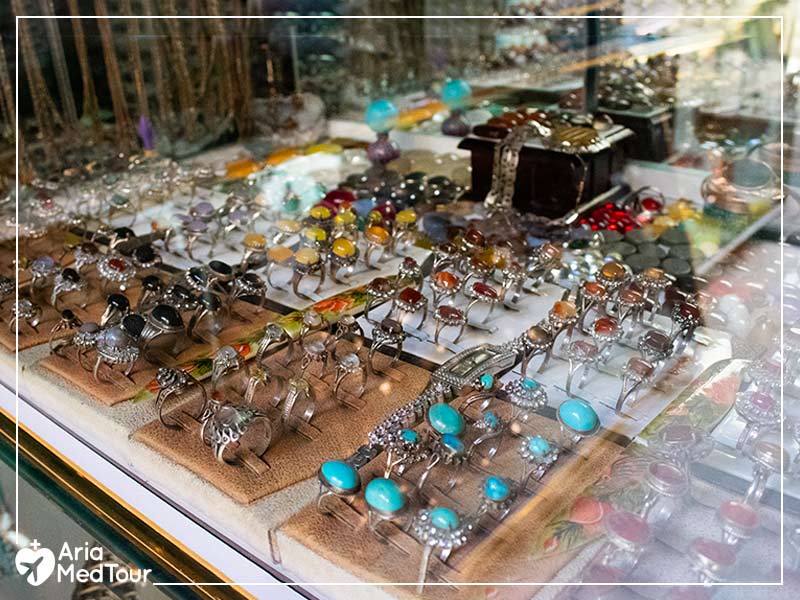
turquoise or firouzeh is used to make exquisite ornaments and accessories.
Food souvenirs of Iran
If you have a sweet tooth or you have friends back home that get a kick out of testing different sweets, buying some of those mouth-watering Iranian food souvenirs is a must.
Gaz
Commonly known as Persian nougat in Western countries, Gaz is one of the most popular souvenirs of Esfahan and is also popular in Chaharmahal and Bakhtiari, Kerman, Yazd, and Hamedan. This white chewy nougat has taken its name from gaz-angebin (one of its ingredients) meaning sap of angebin, a kind of wild tamarisk tree that grows in the Zagros Mountains in Iran. It is usually frilled with pistachios.
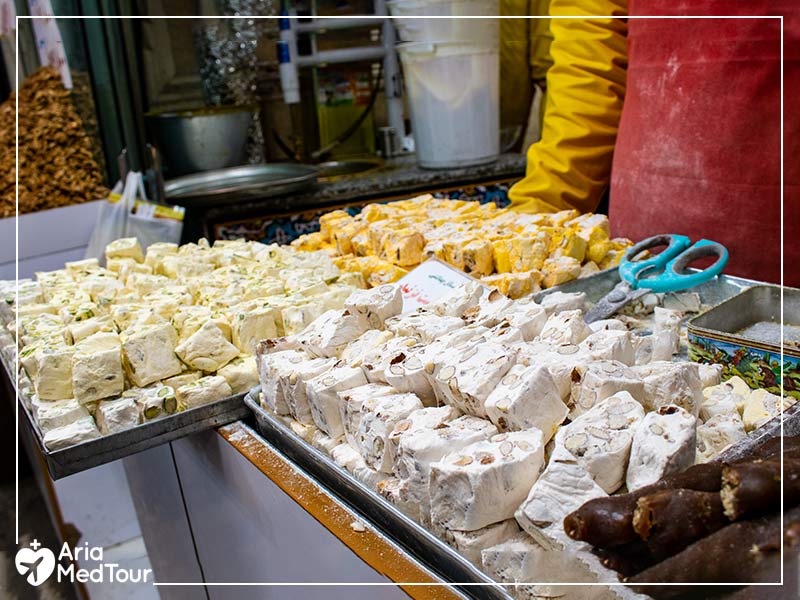
Gaz is one of the most popular souvenirs of Esfahan and many other cities of Iran.
Poolaki and rock candy
Also a souvenir of Esfahan, Poolaki is thin disc-like candy usually eaten with tea. Poolaki is made from melted sugar and comes in various flavors such as lemon, saffron, coconut, pistachio, dried lemon, mint, and honey. Another popular type of candy in Iran is rock candy, which is widely available in Iran. Rock candy is used as a tea sweetener and is dissolved in tea before drinking it.
Sohan
This traditional saffron brittle toffee is mainly produced in the city of Qom and that’s why it is sometimes called Sohan-e Qom. Made from flour, sugar, wheat sprout, egg yolks, butter, rose water, saffron, cardamom, and slivered pistachios or almonds. Sohan-e Qom comes in different shapes, flavors, and qualities and is distributed across the country, so you can find it in most cities, including Tehran. In large Sohan stores, free samples are offered to visitors so that you can get an idea of how it tastes before picking a box or two as a souvenir to take home from Iran.
Baklava
Although Baklava is originated in Turkey, it is also one of the most popular pastries in Iran, Azerbaijan, Central Asia, and some Arab countries as well. In Iran, Baklava is mostly made in confectionery stores in cities like Yazd, Tabriz, Qazvin, Ardabil, and Kashan. This delicacy is quite popular among foreign tourists as well.
Qottab
Yazd is known for various and sundry pastries and sweets. A popular sweet souvenir of Yazd is Qottab, a tasty treat made from flour, powdered sugar, vegetable oil, and cardamom with almond or walnut fillings. It is one of the oldest Iranian pastries and other than Yazd, it is also popular in Kerman.
Koloucheh (cookies)
The northern city of Lahijan is known for a palatable cookie called Koloucheh. It is a traditional cookie with a soft filling coming in different flavors such as walnut, hazelnut, and coconut. You can buy hot and fresh Kolucheh at some bakeries or confectionery stores, including in Tehran. However, if you want to buy some to take home with you, you should go for the commercially packaged ones, which are available in supermarkets and convenience stores. The best brands of Kolouche Lahijan are Naderi, Nadi, Noosheen, and Peyman.
Saffron
This red jewel of Iran used to be exported to Greece, the Roman empire, China, and Arab countries during ancient times. Iran is currently the biggest producer of this precious spice in the world and 94% of the world’s saffron is cultivated in Iran, mainly in the eastern region of Khorasan. However, due to poor marketing and packaging, Iranian saffron is exported to other countries like Spain in bulk, where it is packaged and re-exported to other countries under those countries’ own brands.
Saffron is a dominant food seasoning ingredient in Persian cuisine and it’s a very famous Iranian souvenir among foreign tourists. Mashhad is the best place to buy saffron in Iran as a souvenir because, as said above, saffron is mainly cultivated in the Khorasan region, of which Mashhad is the largest city.

94% of the world’s saffron is cultivated in Iran.
Nuts (pistachios, almonds, etc.)
Iran is also known for pistachios and is the biggest producer of them in the world. These toothsome nuts are very popular among tourists. The super-long ‘Akbari’ pistachio is the most popular variety of pistachio in Iran. Pistachios can be eaten roasted and salted or raw. In Iran, pistachios are also used in different pastries, including Gaz and Sohan (mentioned above).
Of the different kinds of nuts, pistachios are not the only thing you can buy in Iran. Almonds, walnuts, and peanuts are also widely produced and sold in Iran.
Last word
Iran is a big and culturally diverse country. For this reason, preparing a full list of souvenirs of Iran is virtually impossible. Different cities and regions have their own culture and traditions, which means they have their own local handicrafts, products, and pastries to offer to tourists as souvenirs. That said, in major cities in Iran, including the capital Tehran, one can find a wide variety of commodities that are either produced in the city itself or are imported from other parts of the country.
Finally, we recommend that you get some information about money and shopping in Iran before heading to the bazaar for souvenir shopping. Also, it is better to have a local guide accompany you when shopping in Iran, especially if you can’t speak the language. We at AriaMedTour are prepared to help you with your shopping and buying souvenirs in Iran so that you can return to your country with a memorable experience — and packed suitcases.


